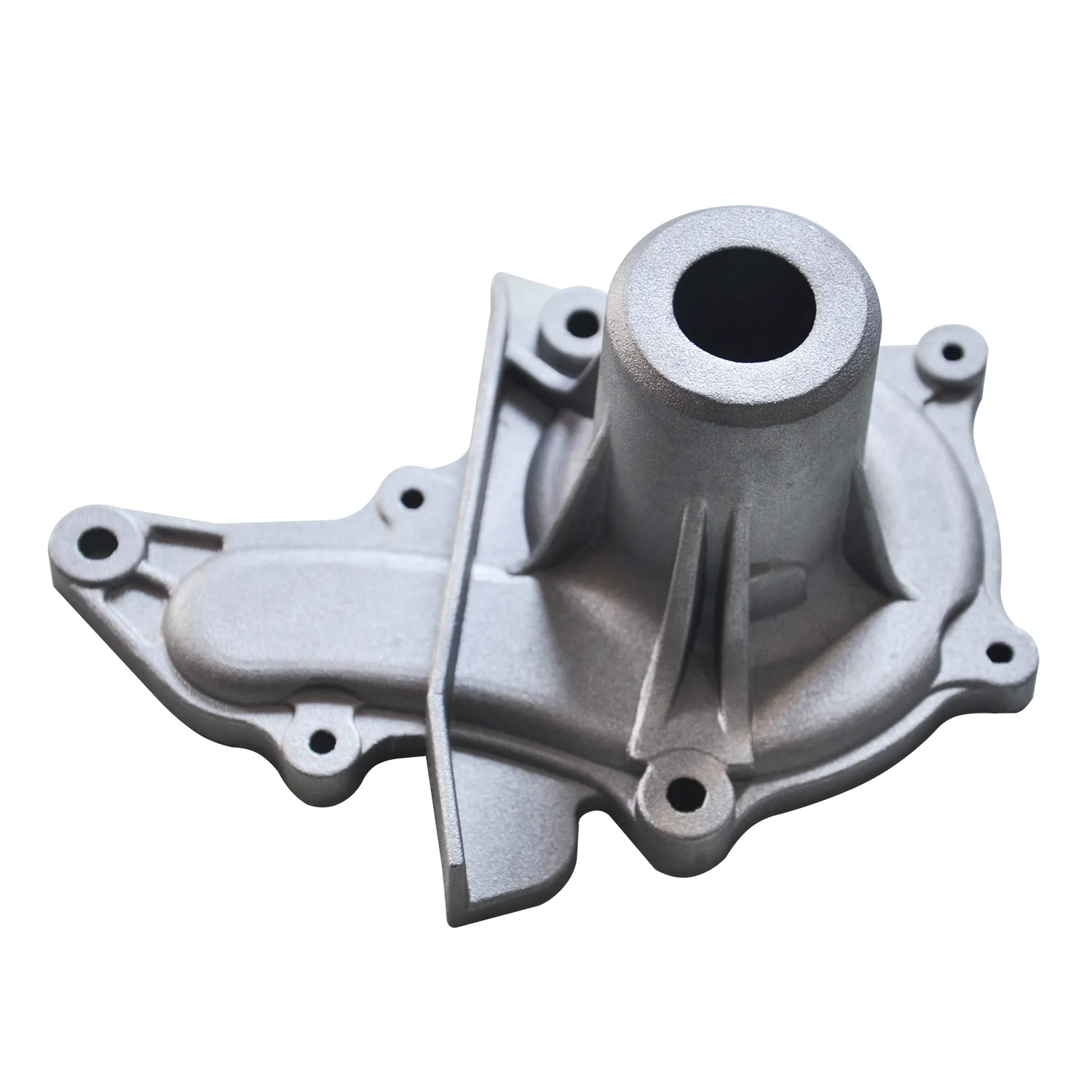Mobile:+86-311-808-126-83
Email:info@ydcastings.com
High-Performance Slant 6 Exhaust Manifold for Enhanced Engine Efficiency and Power Boost
The Slant 6 Exhaust Manifold A Critical Component in Performance and Efficiency
The Slant 6 engine, a remarkable piece of engineering developed by Chrysler in the late 1950s, represents an era where innovation and performance came together. One vital component that significantly influences the overall performance of the Slant 6 engine is the exhaust manifold. This article delves into the importance of the Slant 6 exhaust manifold, its design features, and its impact on engine performance and efficiency.
Understanding the Slant 6 Engine
Before exploring the exhaust manifold, it's essential to understand the Slant 6 engine itself. The Slant 6 is a 225 cubic inch (3.7 L) straight-six engine that is known for its reliability and efficiency. Its unique slanted design, with the cylinder bank tilted at a 30-degree angle, contributes to a lower center of gravity, making the engine lighter and improving vehicle handling. This design, coupled with a long stroke and a relatively high torque output, made the Slant 6 a favorite among many drivers and car enthusiasts.
The Role of the Exhaust Manifold
The exhaust manifold serves a crucial function in the engine's operation. It collects the exhaust gases produced during combustion from the engine’s cylinders and funnels them into a single outlet for expulsion through the exhaust system. An efficient exhaust manifold is vital for the overall performance of the engine because it affects exhaust flow, back pressure, and engine temperatures.
Design Features of the Slant 6 Exhaust Manifold
The Slant 6 exhaust manifold is designed to optimize the flow of exhaust gases and minimize unwanted back pressure. Typically made from cast iron or tubular steel, these manifolds feature a snug fit to the engine block, ensuring that exhaust gases are captured efficiently. The design incorporates smooth curves and wide passages to promote optimal exhaust flow, which is essential for enhancing performance and reducing emissions.
slant 6 exhaust manifold

One notable feature of the Slant 6 manifold is its long design, which allows for better scavenging of exhaust gases from the cylinders. This scavenging effect helps in drawing fresh air and fuel mixture into the combustion chamber, promoting more efficient combustion and improved power output. The manifold also plays a role in reducing engine noise and improving the overall sound profile of the vehicle.
Impact on Performance and Efficiency
An efficient exhaust manifold can significantly enhance the performance of the Slant 6 engine. By optimizing the exhaust flow, it allows for better engine breathing, which translates to increased horsepower and torque. This improvement is particularly noticeable in performance applications, such as racing or custom builds, where every bit of power counts.
Additionally, a well-designed exhaust manifold can improve fuel efficiency. By reducing back pressure, the engine operates more smoothly, requiring less effort to expel exhaust gases. This efficiency can lead to better fuel consumption, which is a particularly appealing factor for everyday drivers looking to save on fuel costs.
Upgrading the Exhaust Manifold
For enthusiasts seeking to maximize the performance of their Slant 6 engine, upgrading the exhaust manifold can be a worthwhile investment. Aftermarket options are available that offer improved flow characteristics and materials designed to withstand higher temperatures and stresses. These upgrades can significantly enhance engine performance and make for a more enjoyable driving experience.
Conclusion
In summary, the Slant 6 exhaust manifold is more than just a functional component; it plays a pivotal role in the overall performance and efficiency of the engine. With its thoughtful design and engineering, it exemplifies the innovation that made the Slant 6 a beloved choice for many drivers. Whether for daily use or performance enhancements, understanding the importance of the exhaust manifold can help enthusiasts unlock the full potential of this iconic engine.
-
What Makes Stainless Steel Pump Casting Essential for Modern Industries?NewsJul.14,2025
-
Revolutionize Your Engine Maintenance with Premium Aluminum and Cast Iron ComponentsNewsJul.14,2025
-
Precision Flow Engineering Starts with the Right Pump ComponentsNewsJul.14,2025
-
Maximize Efficiency: Explore Reliable Containment and Crop SolutionsNewsJul.14,2025
-
Discover Superior Performance with Advanced Turbo ComponentsNewsJul.14,2025
-
Boost Fluid Dynamics with Precision-Engineered Pump ComponentsNewsJul.14,2025











